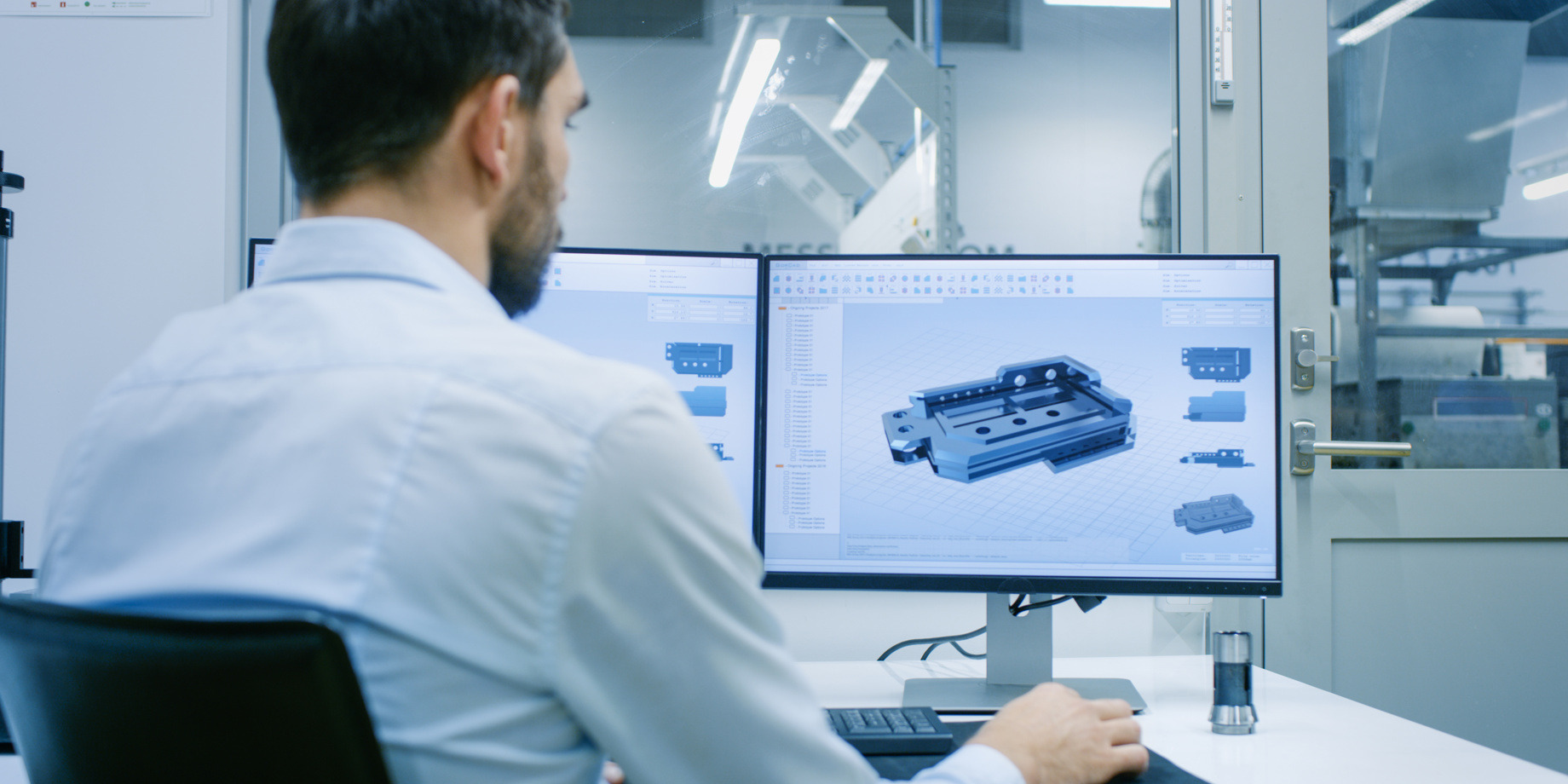Better Together: The Power of CAD + PLM to Accelerate Design & Production
Learn how PTC Customer, Daktronics, has accelerated design and production with Creo & Windchill.
8/11/2021
Categories:

An industry leader in digital signage, Daktronics is committed to their customers. In an increasingly digital world, this means looking for ways to connect the company’s design and production processes digitally and, in turn, provide for a superior and flexible customer experience.
This is where Daktronics’ work with PTC shines.
In order to provide an exceptional customer experience, Daktronics needed to implement CAD and PLM software that was adaptive and allows for design at scale. The first step in this process was to take Daktronics’ 2D drawings and corresponding data from parts, assembly and installation from siloed systems into actionable data. Additionally, Daktronics required a more strategic approach to design and production to meet unique customer needs at scale.
Their utilization of Creo Parametric immediately opened new possibilities, allowing the team to take on more complex projects with an added flexibility in building and the ability to seamlessly improve upon designs. After the Creo Parametric implementation, the Daktronics team needed a single product data management (PDM) solution to handle homegrown solutions and files – this led them to PTC’s Windchill.
With Windchill in place as a PDM solution, the team streamlined workflows and improved field assembly solutions. Over time, Daktronics decided to fully implement Windchill product lifecycle management (PLM) to manage change processes and workflows in product development. This led to:
- Faster time to market
- Fewer errors in ERP systems
- Bridging the gap of information between engineers and product teams
- Automated workflows
- Elimination of manual errors of bill of materials (BOM) entry
As Daktronics continues to expand their CAD & PLM roadmap, they’ve seen an increase on time spent on deliverables and a decrease on time spent on correcting errors. Their biggest improvement has been speed to task and speed for design to manufacture. This has meant:
- Automation of data entry – eliminating duplication of manual entry and miscommunication
- Better tracking and version control – quicker access to drawings, parts and files
- Simple design time reduction – senior staff are free to focus on larger, custom projects
- Improved service – allowing buyers to buy with confidence and deliveries to be assembled more quickly onsite with less errors
Based on the results Daktronics saw with their CAD and PLM systems, they continued to look for ways to optimize processes, layering investments in IoT which allow them to connect and monitor machining that was previously manual and tedious. By using IoT tools like ThingWorx dashboards, Daktronics can monitor the pieces of the machines in real time – allowing for the data insight to adjust, ensuring efficiency and quality.
The future at Daktronics is bright. Read the full case study for more information on how Daktronics is changing their systems and tools to move their company into the future!
This guest blog was written by Molly Sadoff. She is a project manager for corporate marketing at PTC. She started with the company in 2019, working on the Global Partner Marketing team, where she collaborated cross functionally with internal teams to design, develop and manage global marketing programs.



